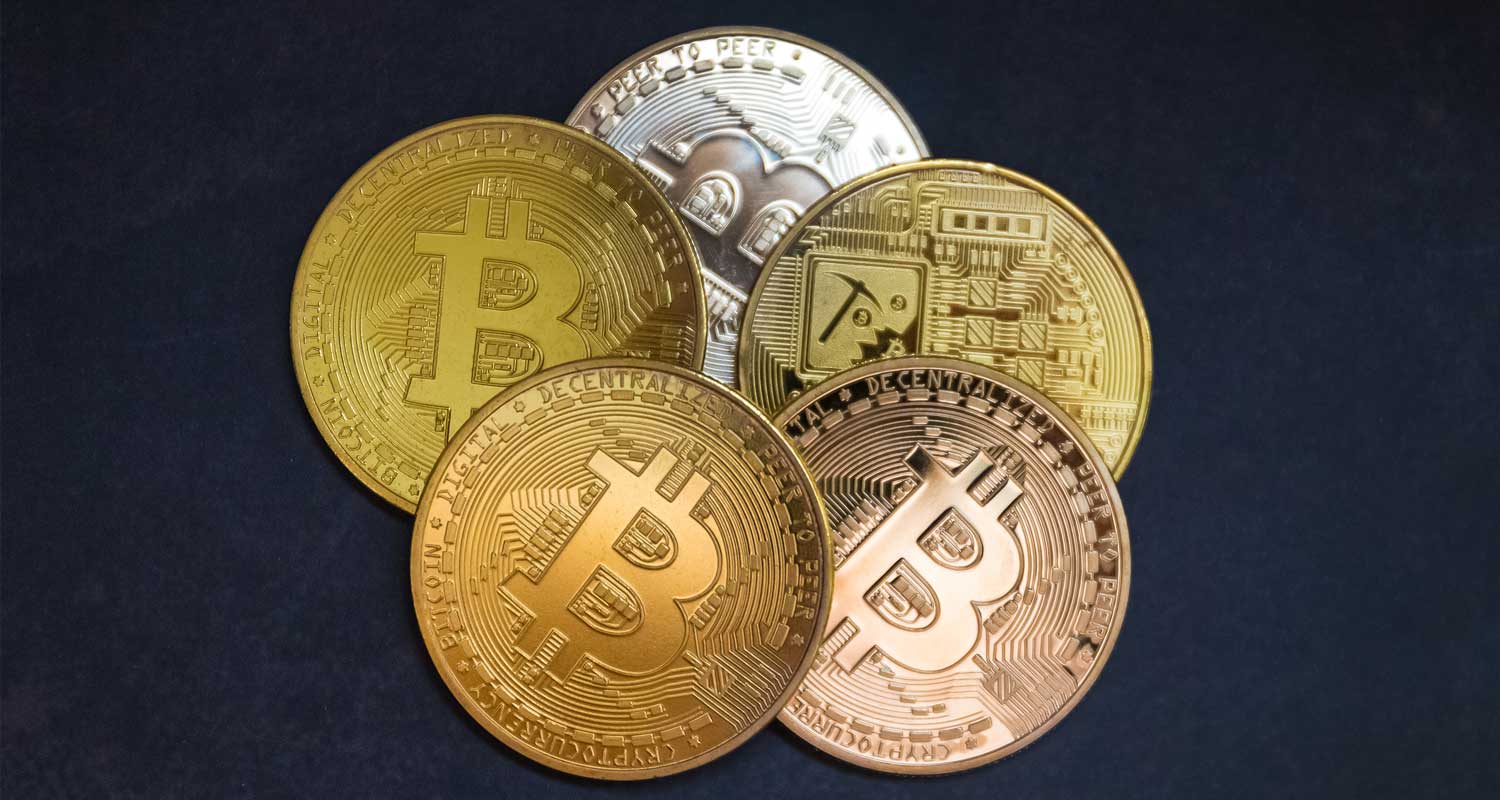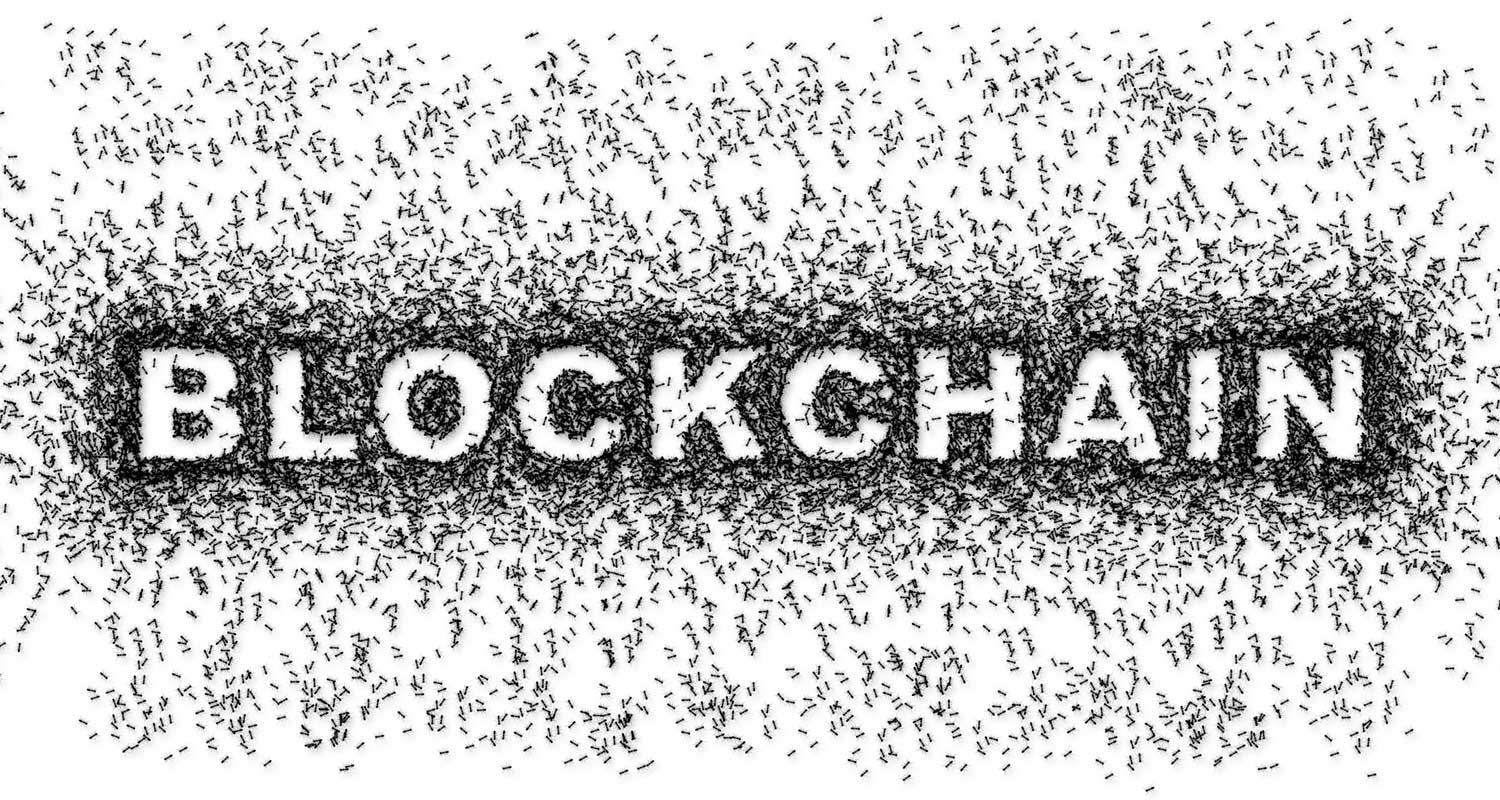Feud breaks out over memecoins swarming the bitcoin blockchain
[gpt3]rewrite
 The codes that maintaining bitcoin’s blockchain conflicts over whether to eradicate memecoins swarming the network.
The codes that maintaining bitcoin’s blockchain conflicts over whether to eradicate memecoins swarming the network.
An influx of speculative coins led to a record number of transactions and an 11-fold increase in processing fees on the blockchain in May, creating gridlock and forcing the Binance exchange to temporarily halt bitcoin withdrawals.
The uproar has since eased, but some cryptopurists worry that future frenzied trading of frog-themed memecoins will once again snarl the network and disrupt the use of bitcoin for payments and as a store of value. They advocate deploying software to block the transactions – a sort of spam filter.
“I think the system is being abused,” said bitcoin developer Ali Sherief. “Bitcoin was never intended to serve as a base layer for meme tokens.”
In an earlier email to the largest digital asset’s developer group, Sherief wrote that “worthless tokens threaten the smooth and normal use of the bitcoin network as a peer-to-peer digital currency”.
Others defend the software innovation, called Ordinals, which allows bitcoin’s blockchain to host large numbers of memecoins and non-fungible tokens – digital collectibles – for the first time, arguing that it could have wider applications.
Developer Casey Rodarmor created Ordinals to enable users to enter digital content such as videos, images and text in satoshis, the smallest unit of bitcoin. There are 100 million satoshis in one bitcoin.
Explosion
Rodarmor’s innovation took off this year and was tapped by pseudonymous blockchain analyst Domo to develop the Bitcoin Request for Comment – or BRC-20 – standard, leading to the explosion of memecoins.
There are now about 25,000 meme tokens on the bitcoin blockchain with a market capitalization of roughly $475 million, according to website brc-20.io. The figure had risen above 1 billion dollars at the beginning of May.
Jameson Lopp, co-founder of crypto storage solutions provider Casa, said the bitcoin network is meant to be an “auction market for the block space” — the place where data is stored — and Ordinals only created the demand for it.
As a result, viewing memecoins as a denial-of-service attack “is like saying any kind of auction is a denial-of-service, and the winner denies all the losers of the auction,” Lopp said.
At one point last month, meme tokens and NFTs accounted for 65% of transactions on the bitcoin blockchain. The proportion has fallen back, but is still high. The average fee per transaction began in April at $2.80, reached $30 in early May and cooled to $4 by the end of the month, Coinmetrics data shows.
 The jump in fees has been a boon for miners, the operators of the computing rigs that underpin bitcoin, which have raked in $45 million from Ordinals-related activity, according to figures from Dune Analytics.
The jump in fees has been a boon for miners, the operators of the computing rigs that underpin bitcoin, which have raked in $45 million from Ordinals-related activity, according to figures from Dune Analytics.
For veteran bitcoin developer Luke Dashjr, Ordinals transactions are spam and should be kept off bitcoin’s blockchain. He even created a program, Ordisrespector, to enable computer nodes on the network to do so.
“Action should have been taken months ago,” Dashjr wrote in a developer group. “Spam filtering has been a standard part of bitcoin core since day one.”
Given that no single person or entity controls the bitcoin network, no one knows whether sustained action against memecoins and NFTs will emerge over time. Another possibility is that some people may decide to create a version of bitcoin – called a hard fork – that does not support Ordinals.
“I don’t see a critical mass of people coming together on a single alternative to bitcoin that is incompatible with BRC-20 tokens,” said Andrew Poelstra, director of research at Blockstream.
Important takeaways
Amid the controversy, the main takeaways from the Ordinals phenomenon include the ability to use the bitcoin network in new ways and the need to scale up transaction capacity to avoid future traffic jams.
The true value of Ordinals is the capacity to store arbitrary data on the bitcoin network, according to Sami Kassab, a research analyst at Messari.
“Whether it’s artists, activists or even governments that end up exploiting this storage space, it’s clear that the demand and cost for it is likely to increase in the future,” Kassab said. — Sidhartha Shukla, (c) 2023 Bloomberg LP
Get TechCentral’s daily newsletter
[gpt3]


